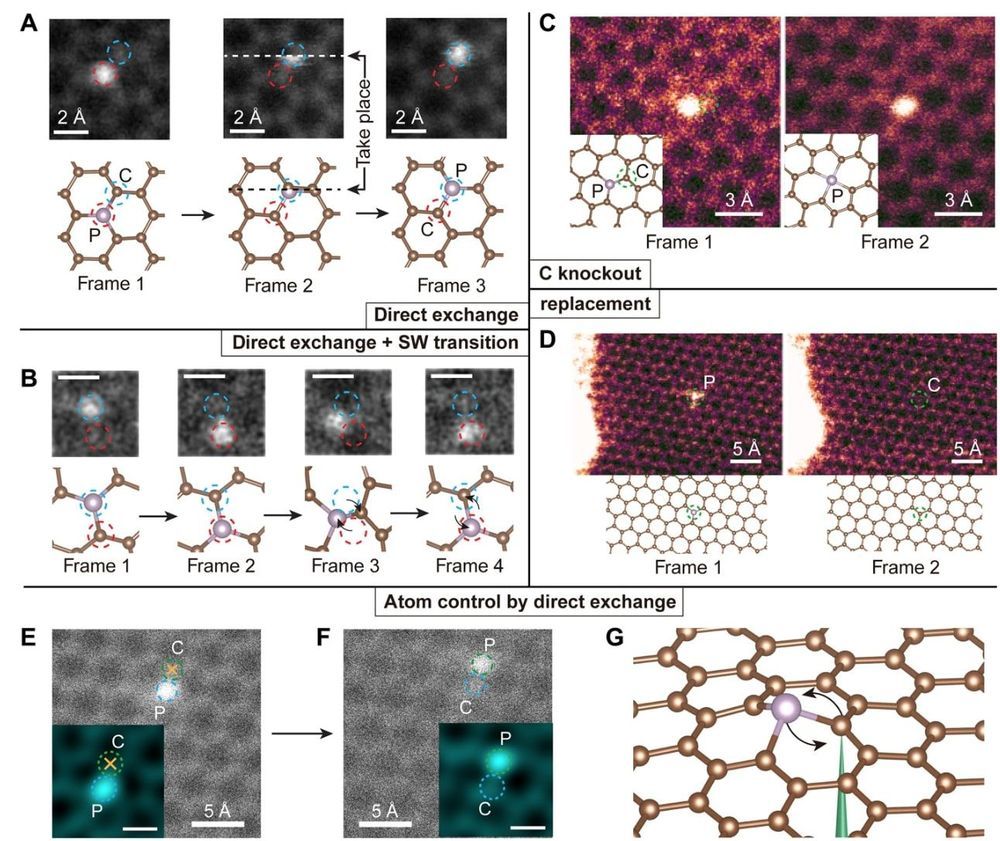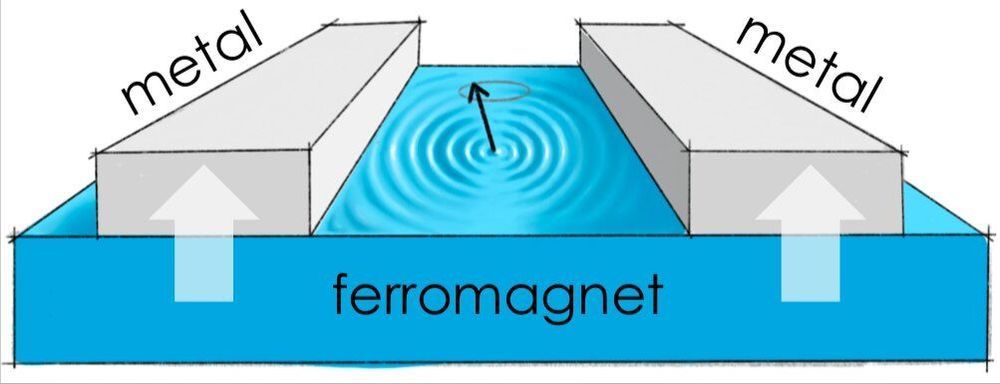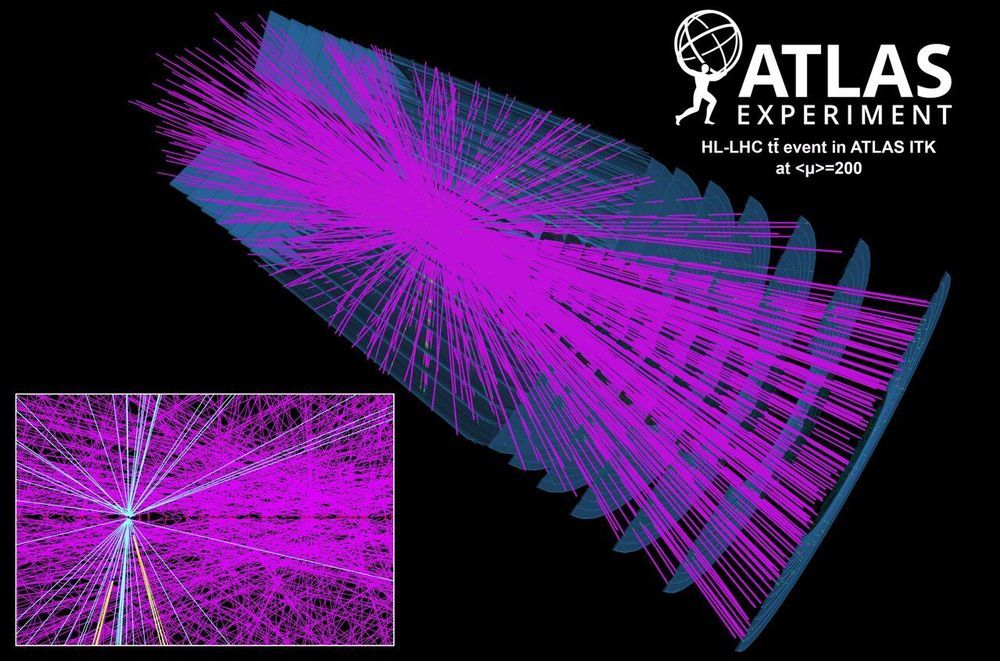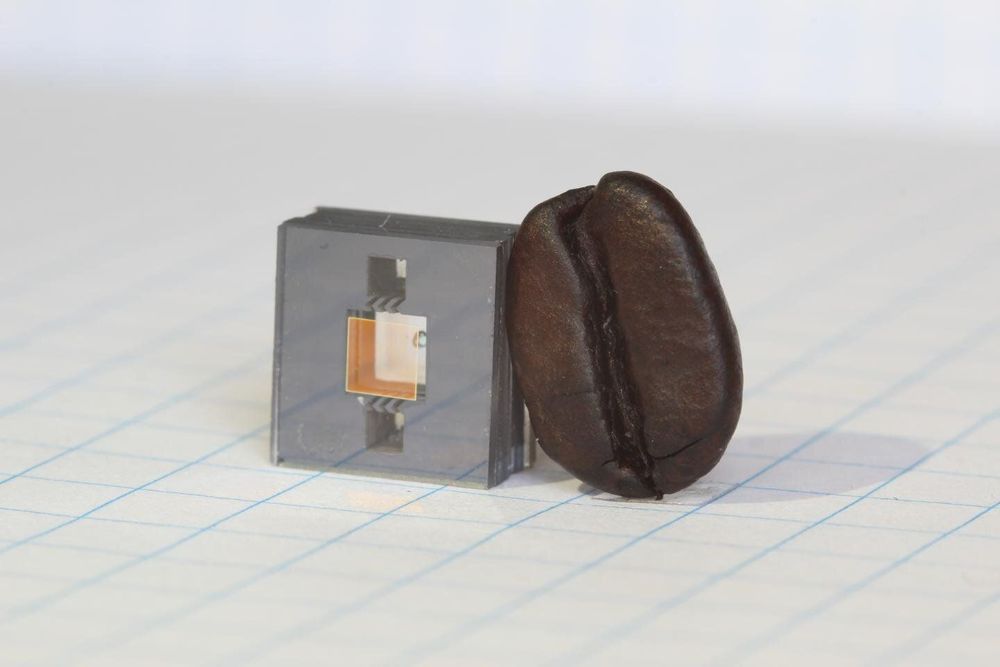The work should lead to control one to a few hundred atoms at microsecond timescales using AI control of electron beams. The computational/analytical framework developed in this work are general and can further help develop techniques for controlling single-atom dynamics in 3D materials, and ultimately, upscaling manipulations of multiple atoms to assemble 1 to 1000 atoms with high speed and efficacy.
Scientists at MIT, the University of Vienna, and several other institutions have taken a step toward developing a method that can reposition atoms with a highly focused electron beam and control their exact location and bonding orientation. The finding could ultimately lead to new ways of making quantum computing devices or sensors, and usher in a new age of “atomic engineering,” they say.
This could help make quantum sensors and computers.









